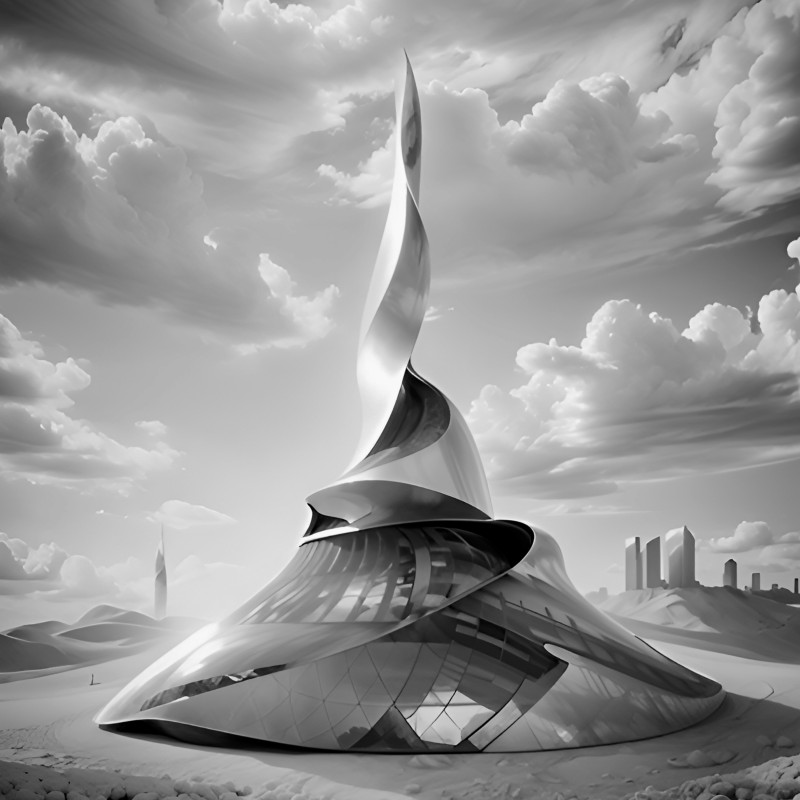5 key facts about this project
At its core, the project is designed to serve as a multi-functional space, accommodating various activities tailored to the needs of the community. The layout promotes flexibility, allowing for adaptations over time without compromising structural integrity or aesthetic value. Whether used for public gatherings, educational purposes, or recreational activities, the space is planned for versatility, ensuring it remains relevant and useful for years to come.
One of the noteworthy aspects of the design is its integration with the local environment. The architects have done an admirable job of ensuring that the building does not merely stand apart from its surroundings but rather engages with them. Strategic positioning of windows and open spaces facilitates natural light penetration, reducing reliance on artificial lighting, and supporting energy efficiency—a key consideration in contemporary architecture. Additionally, landscaping complements the architectural design, with native plants selected to enhance biodiversity and minimize water consumption.
The project materializes through a careful selection of materials that aligns with both the aesthetic goals and functional requirements. The predominant materials used include locally sourced stone, sustainably harvested timber, and high-performance glass. Stone provides durability and embodies the region's geological characteristics, while timber brings warmth and a natural feel to the interior spaces, creating an inviting atmosphere for occupants. High-performance glass is utilized to ensure thermal efficiency and enhance visual connectivity with the surrounding landscape, allowing the occupants to enjoy views of nature while maintaining comfort.
Unique design approaches embedded within the project include the incorporation of passive design principles, which optimize energy use and enhance the comfort of users. For example, the strategic use of overhangs provides shade during the summer months, reducing heat gain, while maximizing sunlight exposure during the winter months. This foresight not only contributes to lower energy bills but also emphasizes the architects’ commitment to sustainability and ecological consideration.
The project's façade presents a thoughtful expression of modern architectural language, combined with traditional elements that reflect the historical context of the area. This balance is achieved through the use of rhythm and proportions that pay homage to local architectural styles while incorporating contemporary materials and forms. The interplay of solids and voids creates visual interest, guiding the observer’s gaze and providing a dynamic architectural experience from various vantage points.
The interior design further reinforces this relationship with the environment, featuring open floor plans that encourage a sense of community and collaboration among users. Carefully designed circulation paths facilitate flow, ensuring that spaces feel interconnected, which is essential for multi-use functionalities. The selection of materials extends to the interiors, where finishes are both aesthetically pleasing and functional, promoting durability and ease of maintenance.
This architectural project ultimately stands as a testament to thoughtful design and the importance of creating spaces that are not only functional but also enhance the user experience by responding to both human and environmental needs. It serves as a meaningful connection between the present and the past, providing a clear vision for the future of architecture in this region.
To gain deeper insights into the architectural plans, architectural sections, and overall architectural ideas that shaped this project, the reader is encouraged to explore the project presentation further. Engaging with the specifics of the design will reveal the layers of thought and consideration that inform this remarkable architectural endeavor.























